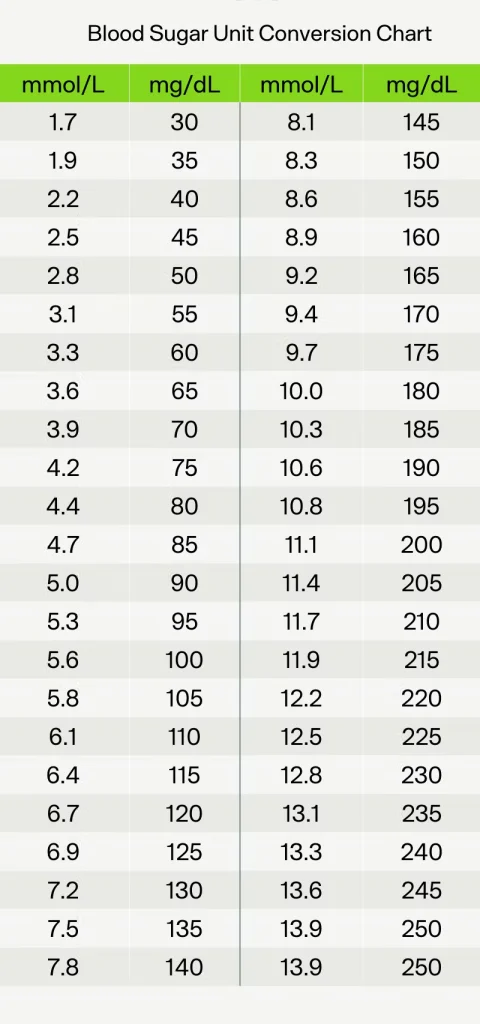- September 16, 2024
- Diabetes Kenya
- Comment: 0
- Life With Diabetes
Travelling with Diabetes in Kenya
Travelling with diabetes requires extra planning, but it shouldn’t stop you from enjoying trips or holidays either at home or abroad. With the right preparation, you can travel confidently while managing your diabetes.
Planning to take two to three times the amount of insulin, medication, and supplies you usually use can give you peace of mind, especially if unexpected delays occur. For international travel, a little extra preparation can make a big difference in helping you relax and enjoy your trip. Don’t forget to pack your doctor’s letter and secure travel insurance.
Organizing Medication with Your Healthcare Team
Before travelling, work with your healthcare team to organize extra supplies of insulin, other diabetes medications, and backup device spares like sensors and manual tools. If you use an insulin pump, Continuous Glucose Monitor (CGM), or Freestyle Libre, it’s a good idea to bring manual backups in case of device failure.
You should also discuss any adjustments needed for long-haul flights, especially if you’re crossing time zones. Your healthcare team will guide you on changing your insulin doses or medication.
Checklist for Travelling with Diabetes
- Check Airline Guidelines: Before you fly, check with your airline for specific guidelines regarding diabetes. For those travelling with Kenya Airways, visit their Medical Special Support page to understand how they can assist passengers with diabetes. You may need to complete forms in advance if you use an insulin pump or Continuous Glucose Monitor (CGM).
- Organize Medication: Work with your healthcare team to get extra medication, insulin, and backup supplies for your trip. Always carry two to three times the amount of insulin or diabetes supplies you’d normally use, in case of unexpected delays or disruptions. If you’re using a CGM, insulin pump, or Freestyle Libre, having manual backups is essential.
- Adjusting Insulin for Long Flights: If you’re on a long-haul flight, especially when crossing time zones, ask your healthcare team for advice on adjusting your insulin doses or medication.
- Carry a Travel Letter:
A travel letter from your healthcare provider will confirm that you have diabetes and need to carry medical supplies. This letter is often required by airlines and may be useful during security checks. It’s also advisable to carry a copy of a recent prescription, in case you need to obtain medication while away. The letter should include:
- Details of your diabetes medication
- A mention of any devices you use, such as insulin pumps or CGMs
- Medication in Hand Luggage: Always carry insulin, devices, and other diabetes supplies in your hand luggage. Insulin can be damaged if stored in the airplane hold due to the cold temperature.
- Travel Insurance: Securing travel insurance is essential when travelling with diabetes. Ensure your insurance covers pre-existing conditions, including diabetes, and emergency medical costs. Also, make sure your policy covers COVID-19 treatment, if needed.
Managing Diabetes Across Time Zones
If you’re flying to a destination in a different time zone, your insulin doses may need to be adjusted:

Eastward Travel
This shortens the day, potentially requiring a reduction in insulin doses.

Westward Travel
This extends the day, which may mean a temporary increase in insulin.
Speak to your healthcare team for guidance on insulin adjustments based on your flight schedule.
Managing Diabetes in Different Climates
When travelling to hot regions, such as coastal or tropical areas in Kenya, take special precautions to protect your insulin and yourself:

Hot Climates
When travelling to hot regions, such as coastal or tropical areas in Kenya, take special precautions to protect your insulin and yourself:

Insulin Storage
Keep insulin cool by using a fridge or a cool bag. Be sure that the insulin does not freeze.

Hydration and Blood Sugar
In hot climates, insulin is absorbed faster, increasing the risk of hypos (low blood sugar). Monitor your blood sugar levels closely.

Cold Climates
For colder destinations:

Insulin in Cold Weather
Insulin may freeze in extreme cold, so keep it at room temperature by storing it close to your body, such as in an inside pocket.

Preventing Hypos
Cold weather increases the risk of hypos, so monitor your blood sugar levels regularly.
What to Pack in Your Hand Luggage
Always carry your diabetes supplies in your hand luggage, including:
- Insulin and medications
- Device spares (sensors, infusion sets, etc.)
- Hypo treatments (glucose tablets, snacks)
- Diabetes identity card or wristband
- A letter from your doctor
Split your supplies between different bags if travelling with a partner, so you’re not left without if one bag is lost.
Managing Diabetes on the Plane
Check with your airline for specific guidelines on travelling with diabetes. Most airlines will allow you to carry medical supplies like insulin and pumps in your hand luggage. Always bring extra snacks for the flight in case meals don’t contain enough carbohydrates.
Preparing for Emergencies
Before travelling, research where to find insulin and medical supplies at your destination. Contact your insulin manufacturer to see if your insulin is available in the country you are visiting.
Additionally, consider packing extra snacks in case of delays and ensure your devices and supplies are split between separate bags in case one is lost.
Some countries measure blood sugar in milligrams per decileter instead of millimoles per litre – take a look at our blood glucose conversion chart below:

